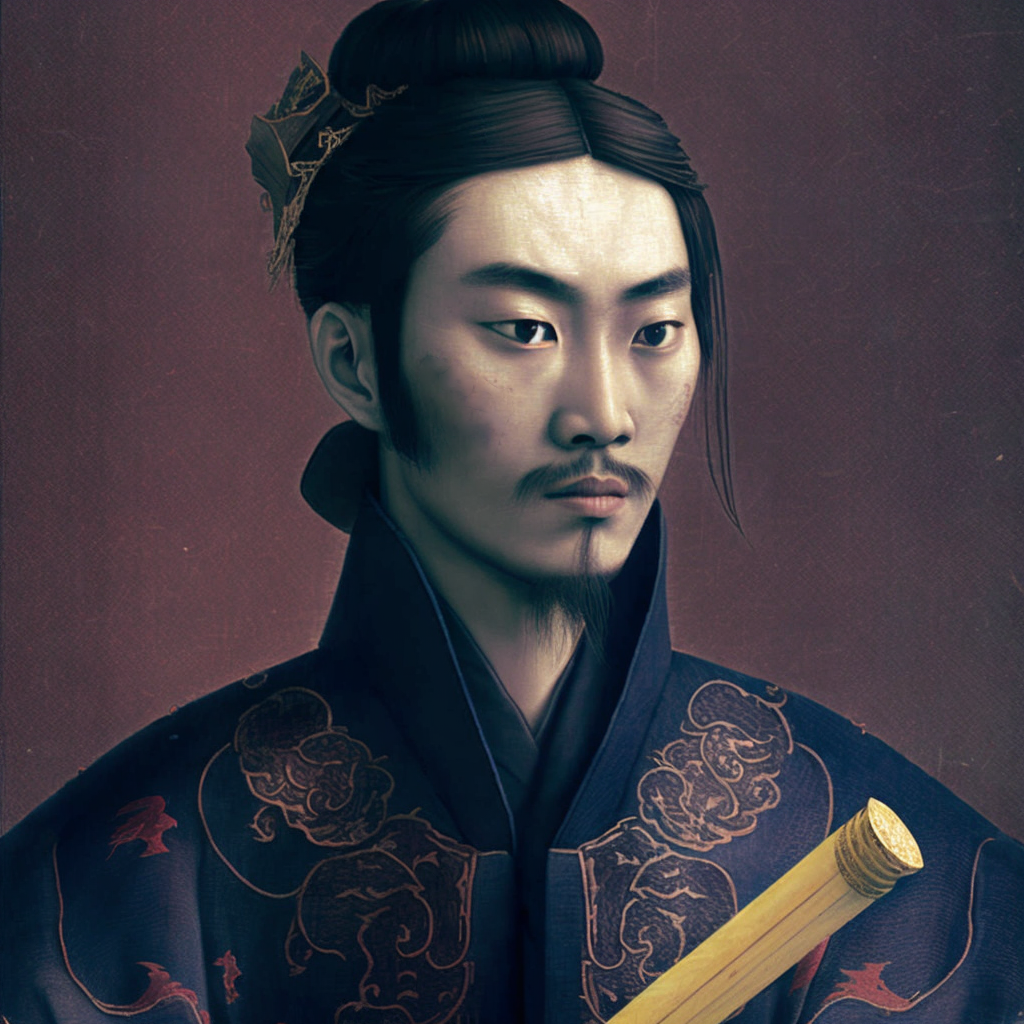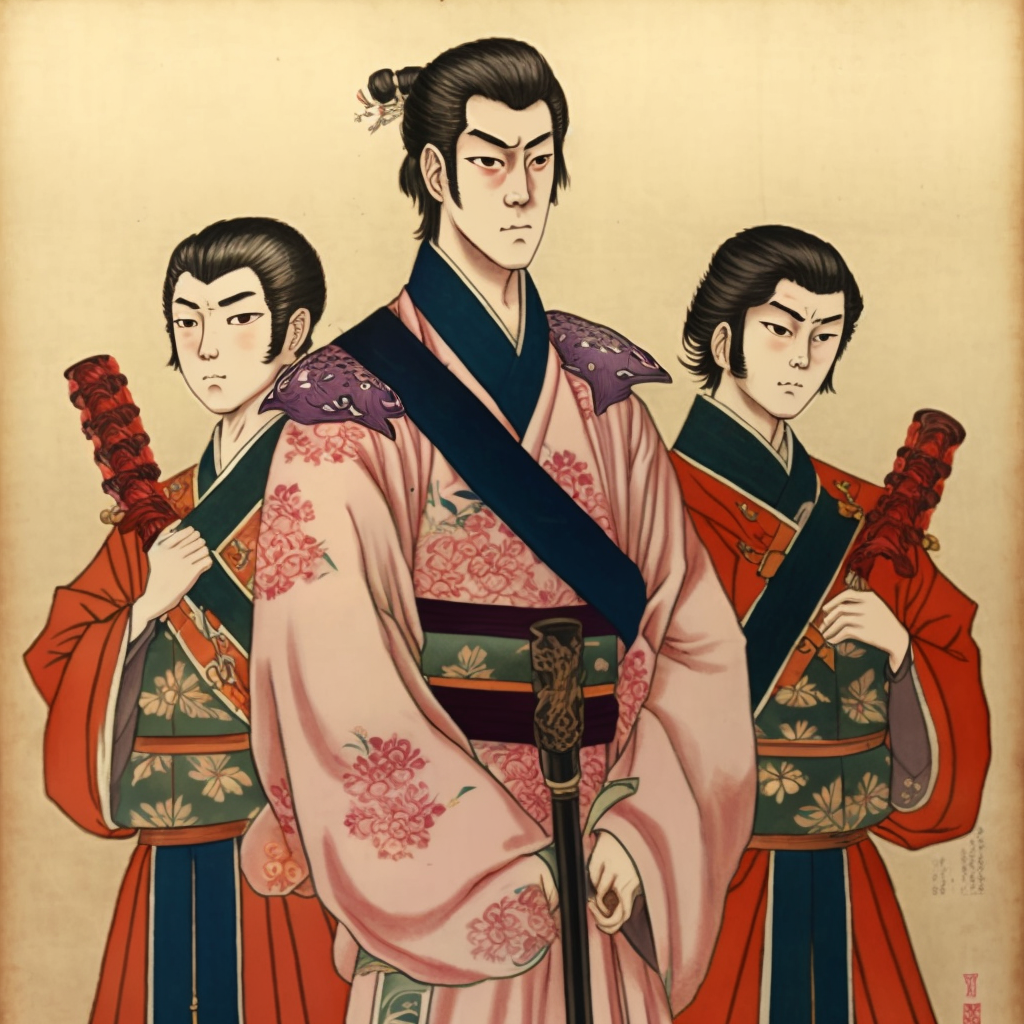Prince Shōtoku (聖徳太子, Shōtoku Taishi): a key figure of Japan’s Asuka Period
Prince Shōtoku, born February 7, 574 in Nara and died April 8, 622, is a major historical figure of Japan’s Asuka Period. Regent and politician of the Imperial Court, he is credited with initiating numerous social, political, religious and cultural reforms that greatly influenced Japanese history.
Prince Shōtoku’s youth and education
Prince Shōtoku was born into a noble family and raised in the Buddhist tradition. At the age of 21, he was appointed regent to Empress Suiko, making him one of the youngest regents in Japanese history. During his tenure as regent, he strove to modernize Japan by adopting new policies and promoting Buddhist culture and religion.
Prince Shōtoku’s political reforms
Prince Shōtoku initiated numerous political reforms that greatly influenced Japanese society. He created the system of government known as “Ritsuryō”, which was based on written laws and codes of conduct, as well as official ranks for civil servants. He also enacted laws to protect the poor and oppressed, as well as establishing diplomatic relations with China.
Prince Shōtoku’s cultural and religious reforms
Prince Shōtoku also encouraged the spread of Buddhist culture and religion in Japan. He built numerous temples and stupas, including the famous Horyu-ji, which is considered one of the oldest wooden temples in the world. He also promoted culture by introducing foreign forms of art and literature, such as Chinese poems and Buddhist mandalas.
Prince Shōtoku’s legacy and influence
Prince Shōtoku is considered one of the founders of Japanese culture, and his legacy continues to influence Japanese society today. He is revered as a Buddhist saint and is often depicted in Japanese art and literature. His philosophy and political ideals have also influenced many Japanese leaders throughout history.



